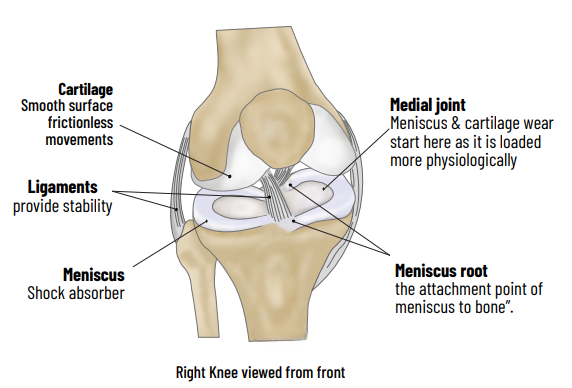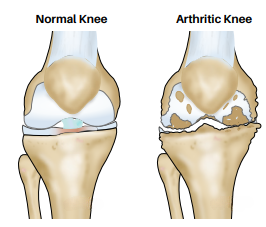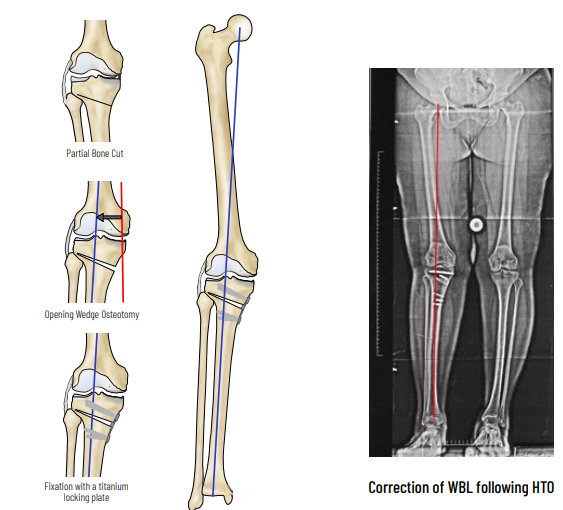



Alignment Correction



The Knee Joint
The knee joint is formed by Femur (thigh bone), tibia (leg bone) and patella Damage to the joint is called arthritis and is caused by Obesity, Meniscus tears, Malalignment (“bow-leg”) deformity overloading one compartment, instability (ligament tears) and rheumatological disorders.
Arthritis - Non operative treatment
- Weight loss
- Muscle strengthening exercises
- Activity and Lifestyle modification
- Injections like cortisone and hyaluronate give short term pain relief.
- PRP and stem cells injections are being promoted, but are inferior to cortisone in pain relief and long term benefits are still questioned.
- Unloading braces can off-load the painful part of knee.
- Footwear modifications




Malalignment
Faulty knee alignment (bow-leg or knock-knee) overloads one compartment, resulting in cartilage injury, meniscus tears and joint space narrowing. As the joint space reduces, the alignment also worsens leading to a vicious cycle of joint destruction and deformity. Fortunately correction of the alignment at an early stage can restore knee function and postpone joint replacement
HTO - High Tibial Osteotomy
HTO is a procedure to correct the alignment and to distribute the load to the non-involved compartment. Arthroscopy is done to assess the status of the joint and to treat meniscal tears, loose bodies & cartilage tears. Based on preoperative planning and using precision instrumentation, a partial bone cut (osteotomy) is made in the upper tibia and is slowly opened to the desired level to shift the load to the normal compartment.

Preserving the Knee
In a lifetime, we walk a distance that equals circling the earth 4 to 5 times. A healthy knee is important for human mobility.
TKR – total knee replacement – a proven successful treatment that has helped millions with end-stage arthritis. But TKR in young knees, has problems like loosening and later revision surgery.
Joint Preservation is the non- surgical/ surgical means of preserving joint function by correcting the risk factors like alignment, meniscus tears and cartilage injury. Importance is also given to changes in lifestyle, nutrition, weight loss and exercises.
Joint preservation can save the knees.
And it is our passion to save the knees.
